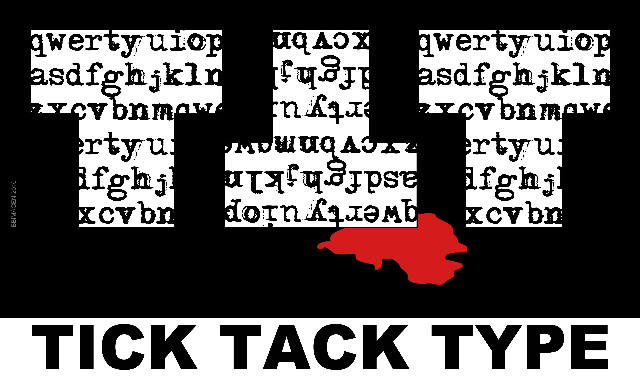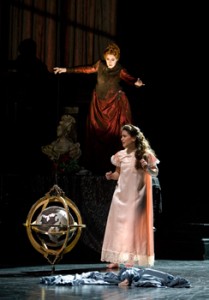
What’s it all about, Alfie?
After a Friday evening of loosely organized chance in the company of Third Angle New Music Ensemble (the program included Terry Riley‘s endlessly mutable In C; California composer Mark Applebaum‘s similarly open-ended exploration of alternative musical “reading,” The Metaphysics of Notation; and Portland composer David Schiff‘s exhilaratingly jazz-charged Mountains/ Rivers, which takes inspiration from In C) we’re feeling a bit unmoored.
Since we’re in free-float anyway, this seems like a good time to check in on Imago.
One of the terrific side benefits when Jerry Mouawad develops a new show is that he thinks long and hard about what he’s doing, and then he writes about it online. Anyone who wants to take a peek can get an inside look into one of Portland’s most fertile creative minds. Mouawad, Imago’s co-founder with Carol Triffle, spills his thoughts on the company blog. The spilling isn’t always easy, because, ever aware of the virtues of theatrical suspense, Mouawad really wants to hold onto the beans.
“I assume this blog is vague since I am not divulging any of the action,” he writes about his new show, Tick Tack Type. “I apologize for this, but I am doing this for your sake (that is if you plan to see the work.) By discussing the action I am robbing you of the experience of it. What I see in an action may not be what you see. I can say this about Tick Tack Type: in many ways it’s about “seeing†or “not seeing.â€
Continue reading The meaning (or not) of Tick Tack Type
 “This score is my bible,”
“This score is my bible,” 
